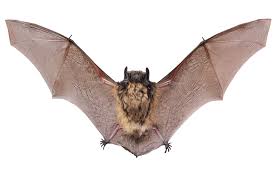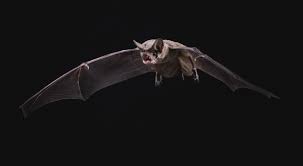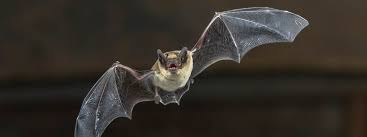Why Old Houses Appeal to Bats
Bats are particularly attracted to old houses because they offer so many potential entry points. Chimneys, cracks or holes in the siding or soffits, louvered vents with loose screening, separating flashing, and just about any place where materials have shrunk, warped, or moved apart will invite bats to enter and make themselves at home. Bats need just a tiny crack-about 3/8 by 1-to enter a house, and can squeeze through holes the size of a quarter. That’s not much space.
In truth, bats are important to a healthy environment. They are extremely good at keeping down the bug population, with a single bat consuming about 3,000 insects a night. However, some species of bats commonly roost in buildings today due to loss of natural habitat.
According to Barbara French, a biologist with Bat Conservation International, many people have a few bats in their attic and never know it. But a large colony of bats can become a noise or odor nuisance. And bats should not be allowed to enter interior living quarters.

What should you do if there’s a bat in your house?
- Don’t try to net it or catch it. Bat wing bones and membranes are fragile, easily damaged and very difficult to repair.
- If the bat is flying inside the house, turn down the lights, turn off your ceiling fan, open doors and windows, and keep your pets away. The bat will usually find its own way out.
- If it is roosting, call a wildlife rescue organisation with expertise in bats

Exclusion
Bats can gain entry through surprisingly small openings. Use caulk to seal cracks, crevices, and holes. Repair or replace damaged siding, trim, and molding. Cover larger openings such as vents and louvers with quarter-inch hardware cloth. Install a chimney cap to exclude bats and other animals. Repairs should be made only when bats are absent.
If bats are already present, watch the outside of the building during the last half-hour of daylight and note where they emerge. Especially note such places as attic louvers, jointure of chimney and house, and gable ends. The next day, tack a 12-inch-square piece of denim or other heavy cloth over each opening (tack only along the top edge). That evening the bats will push their way under the cloth to exit but will be unable to locate the opening when they return. Wait two to three days to ensure that all bats have vacated and then make repairs. Young may be present during May, June, or July (varies by species), so delay any action until they can exit with the adults.
In some instances bright lights can evict bats from a roost area. It may be necessary to illuminate the area for several days before all the bats leave.

Getting Started With Bat Exclusion:
Determine where the bats are getting in. Examine your house’s exterior in daylight, identifying any cracks or holes, then sit outside on a balmy, clear summer evening and stare at those spots, looking for bat activity.
Be sure to watch each side of your house, since bats often have more than one entry point.
The entry points may have somewhat greasy brown marks around them comprised of a mix of urine, feces, and body oils from the bats. Professionals often look for these bat tracks or signs to help identify entry points.
Using Bat Boxes
One of the consequences of a successful bat eviction is that all those of displaced bats—the ones once sheltered in your rafters—will need a new place to live. Installing a bat box on your property makes it easy for them to find one.
Bat boxes can come in many shapes and sizes, but all have one thing in common: They are designed to provide cozy quarters for a colony of bats. From the outside, a bat house often looks like a boxy birdhouse on steroids—with one difference, entrance holes are at the bottom. Nonetheless, they can be adorned with clever detailing—we even discovered a bat box with Folk Victorian styling.
Inside, all feature several crevices so bats can roost in layers. Installing a bat box in the corner of your yard gives newly excluded critters a place to go, while keeping them close enough to provide major insect control on your property. With a single bat chomping down about 3,000 bugs a night, that’s a lot of pest protection for your al fresco dining.